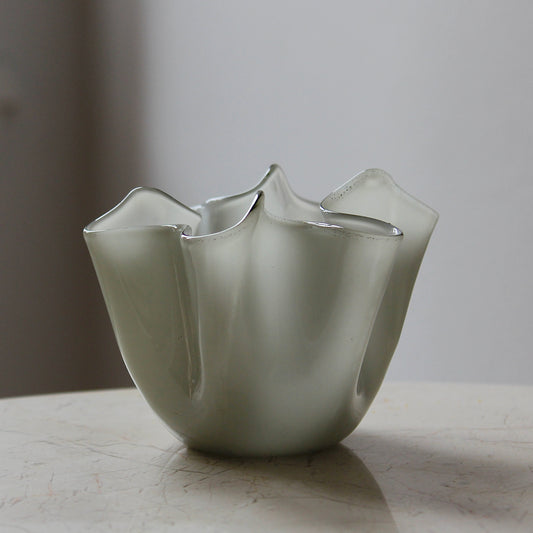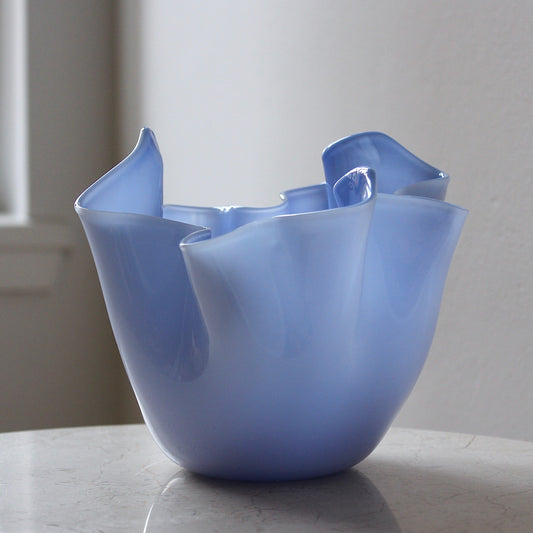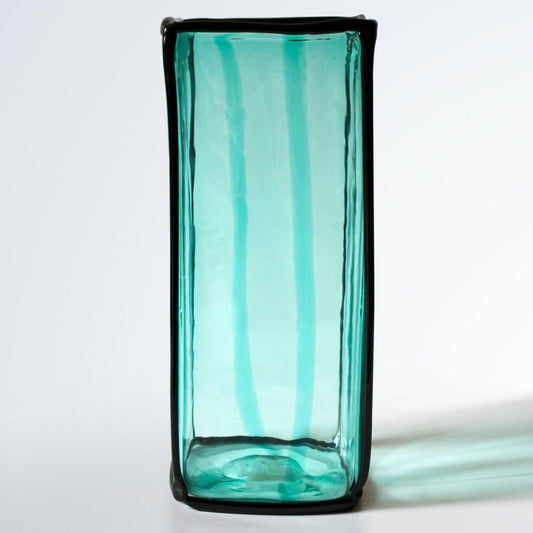Collection: Fulvio Bianconi



Fulvio Bianconi (1915 – 1996) was an Italian artist and designer, who is more widely known for his striking Murano glasswork. His pieces are defined by their anthropomorphized quality, brilliant colour and sense of spontaneity. A true example of a multifaceted talent, he had an interesting artistic career that would develop in unexpected ways over the course of his life.
As a young man, Bianconi displayed a strong natural talent for drawing and was particularly interested in caricatures. He chose to develop his artistic interests as a teenager, studying at an art school in Venice and later taking on an apprenticeship as a designer and decorator in the Murano glass-making facilities, which would become significant later in his career. After marrying, Bianconi toured Veneto and Istria decorating churches and painting portraits, before settling in Milan to work as a graphic designer and illustrator. This is where, in 1933, Bianconi was introduced to artist, publicist and critic Dino Villani, who believed in his creative potential and therefore, introduced him to various highly regarded Milanese publishing companies, including Monadori and Motta.
Bianconi experienced success as a graphic designer, however, his career was destined to diverge. After the war (which he was lucky to have survived after a narrow escape from the Nazis in Rome), he was commissioned to design a perfume bottle and required to visit Murano, where the bottles would be produced in the Venini glass factory. Here he was introduced to the famous Paolo Venini, with whom he would develop a great friendship and later collaborate. This spurred his passion for hand blown glass, which he could explore with absolute creative freedom thanks to the financial independence he had gained through his career in graphic design.
Most interestingly, Bianconi’s unique glasswork truly encapsulates his interest in cartoons, contemporary abstraction, and Colour Field experimentation. In addition, he successfully combined new and old Murano glassmaking techniques to mould both movement and colour, strengthening Murano’s reputation as a place of reputable artistic glass production. Today, his work can be admired in a number of museums worldwide, most notably at MoMA.
 Sold
Sold Sold
Sold Sold
Sold








